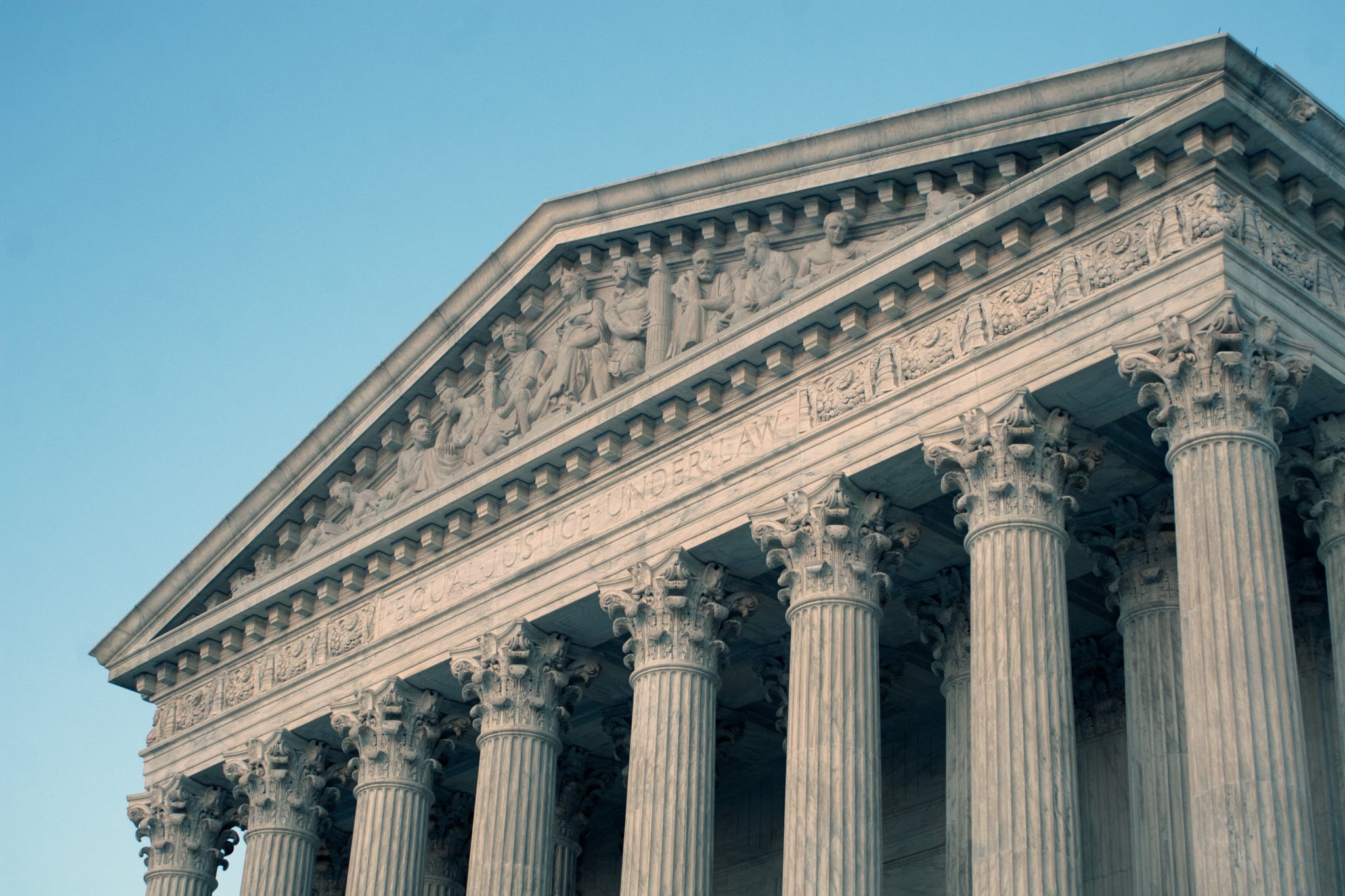
Parties in the case against the Environmental Protection Agency’s Clean Power Plan are up against an unusual challenge, even numbers of judges. The lawsuit was heard by a 10-judge panel at the U.S. Court of Appeals for the D.C. Circuit and could go on to an eight-judge Supreme Court, meaning it could draw tie judgments at both levels.
“It is at least possible, and not altogether unlikely, that you would have a 5-5 decision from the D.C. Circuit and then you could have a 4-4 decision from the Supreme Court, and in that case the rule would be upheld. So with now a 10-member D.C. Circuit and an eight-member Supreme Court we face a prospect that I have never seen in my career where you actually have a rule upheld even though the judges are split and decided half-half in the D.C. Circuit and the Supreme Court,” Jeff Holmstead, a partner at the Bracewell law firm, commented during an event Tuesday hosted by the Bipartisan Policy Center.
The case against the Clean Power Plan, carbon emissions standards for existing coal-fired power plants, was launched in October 2015 when the final rule was published in the Federal Register. A coalition of 27 states and various energy producers, utilities, and trade organizations quickly sued the EPA. An additional 18 states, the District of Columbia, and several municipalities, power and technology companies, and business associations backed the EPA as intervenors in the lawsuit.
The suit was heard Sept. 27 during a nearly seven-hour session in front of 10 of the D.C. Circuit’s 11 judges. Chief Judge Merrick Garland is sitting this one out, likely due to his nomination to the Supreme Court. Garland has been tapped to fill the seat left empty by the death of Justice Antonin Scalia in February, though GOP lawmakers’ opposition to putting another justice appointed by President Barack Obama on the court leaves it unlikely Garland will be appointed.
Implementation of the Clean Power Plan is currently on hold, following a Supreme Court stay in February, pending the results of the judicial review. The EPA and the rule’s supporters are quick to note that the high court’s ruling was not based on the merits of the case, while opponents have pointed to the stay as a signal that the courts will decide in their favor.
Attorney Allison Wood, who argued on behalf of petitioners in the case, said the stay, approved by a 5-4 vote days before Scalia’s death, suggests at least that the high court is interested in the case. “I think that most people think, given the Supreme Court having stayed this rule, that whatever happens in the D.C. Circuit is not the end of the road in this litigation,” she said.
However, the Supreme Court’s future makeup is unknown. The court may still have only eight judges when the case is appealed, as it almost certainly will be, or a ninth judge could be appointed by the next administration, which is, of course, an unknown at this point. “The Supreme Court is not the same Supreme Court that issued the stay,” said David Doniger, director of the Climate and Clean Air Program at the Natural Resources Defense Council.
Furthermore, Doniger said, it is not certain the case will be heard by the high court at all: “If the D.C. Circuit upholds the rule and does so in a compelling opinion with a large majority of the court, maybe including a couple of the Republican appointees, at least on some of the points, it is not beyond the realm of possibility that the Supreme Court does not even take the case.”